Firstly, what is play?
Play is widely researched, and arguably one of the most difficult words to define. Countless scholars, theorists and Playworkers have attempted to define play, but can it be put into words? Is play a verb, an emotion, or something in between. The definition of play continues to change and evolve over the last 200 years.
In Australia the Early Years Learning Framework (EYLF) is a nationally approved blueprint for planning, teaching and assessing in early childhood settings. The EYLF outlines play as both a context for learning and a pedagogical practice. The EYLF states play “Play provides opportunities for children to learn as they discover, create, improvise and imagine. When children play with other children they create social groups, test out ideas, challenge each other’s thinking and build new understandings. Play provides a supportive environment where children can ask questions, solve problems and engage in critical thinking. Play can expand children’s thinking and enhance their desire to know and to learn. In these ways play can promote positive dispositions towards learning. Children’s immersion in their play illustrates how play enables them to simply enjoy being.”
Even though there is no single universal definition of play, many researchers agree that play has several characteristics that can be described to distinguish play from other activities/behaviours. The first person to acknowledge these characteristics was Huizinga (1955) but his theories have since been developed.
Play can be distinguished from other behaviours by the observation of the following nine characteristic:
1. Self- directed
2. Adventurous or risky
3. Voluntary or self-chosen
4. Meaningful
5. Pleasurable
6. Active
7. Symbolic
8. Process orientated
9. Intrinsically motivated
It is important to note that not all play will have all nine characteristics, but a degree of most.
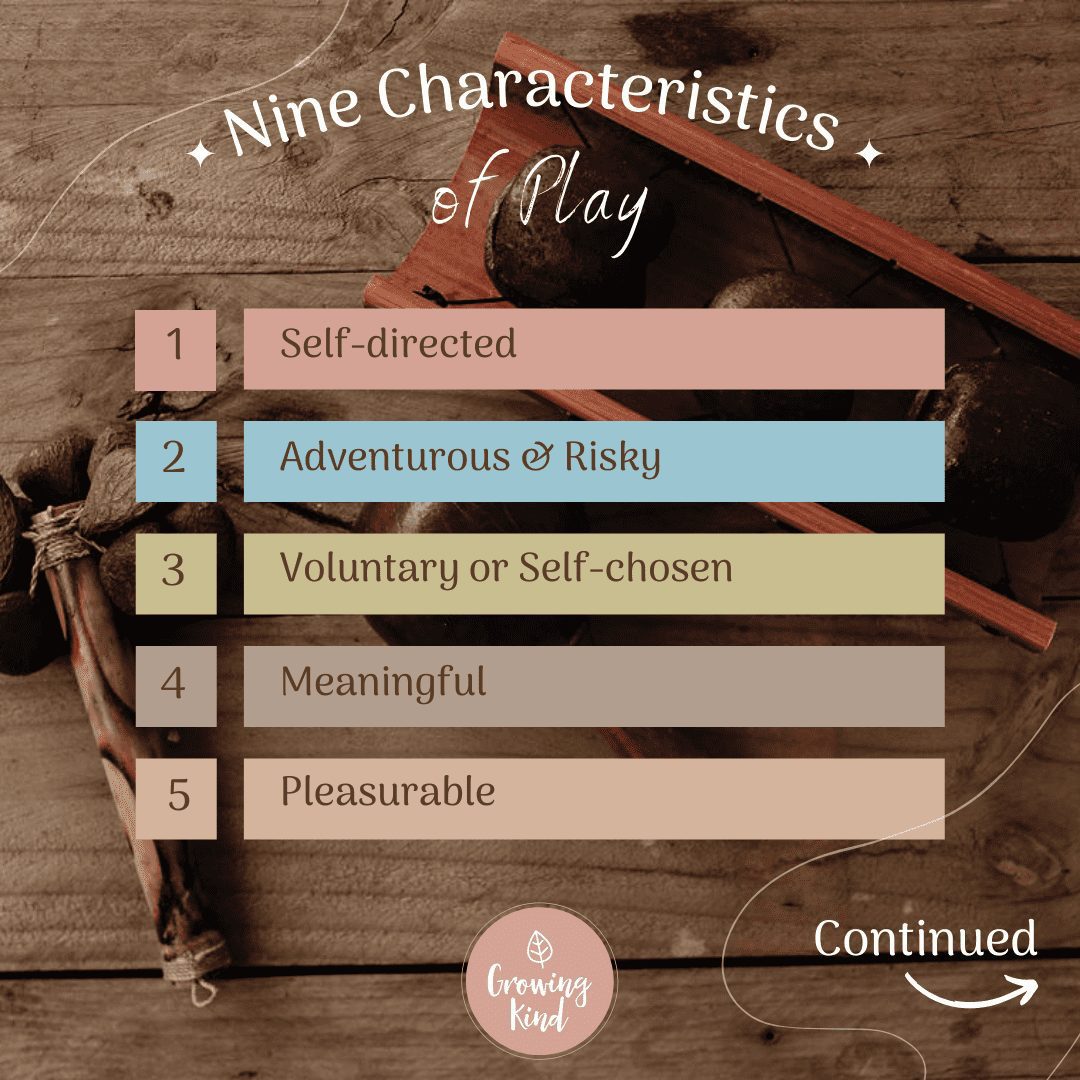
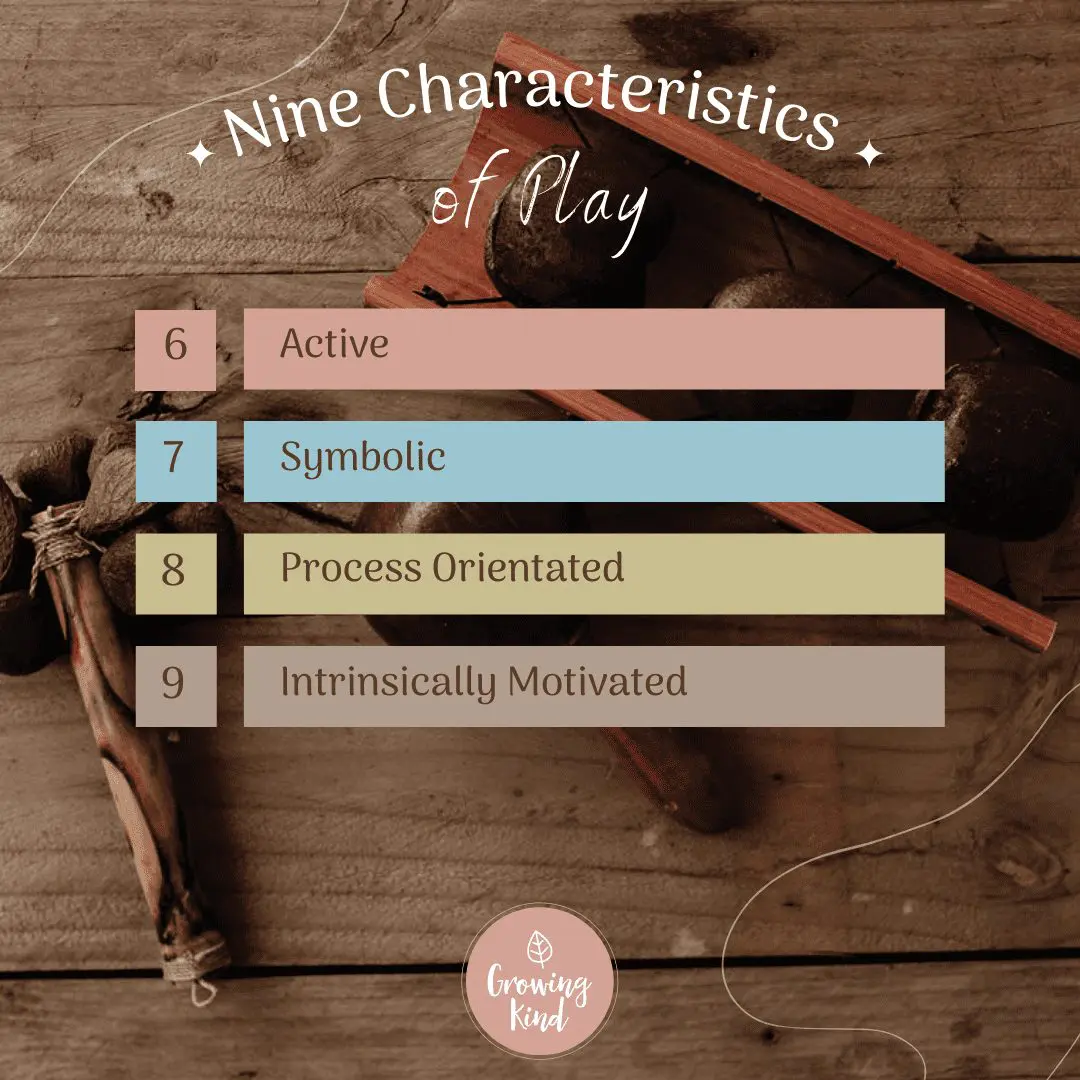
Self- directed
For play to be self-directed the ‘rules’ and ‘structure’ of play must be established by children. The children shape the direction play goes, the events, objects, locations and actions. The children must decide when, what and how to play.
Adventurous or risky
Play provides an opportunity for children to challenge their capabilities, face fear and try new things. Play and the often ‘pretend element’ offers a safety net for children to explore their fears in a light hearted way, with an awareness that play is separate from ordinary life.
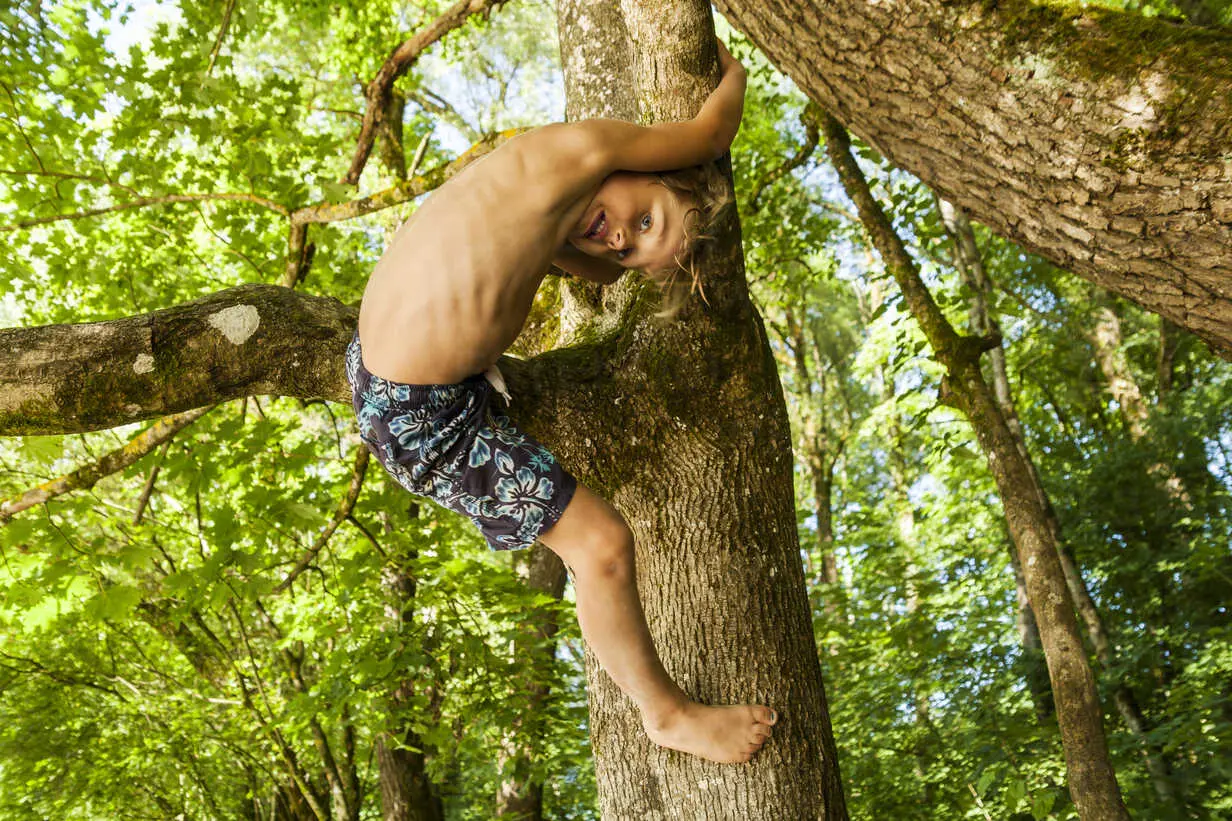
Voluntary or self-chosen
Play is a self-chosen activity; simply put, children cannot be forced to play. In play children are free to chose what they want to do, and can change the direction of play at any time. The control of the play is with the child

Meaningful
Play is relevant and makes sense to the child (not the observer). Through play children can make meaning of the world around them; they can re-enact what they have heard, seen or experienced in their everyday life.
Pleasurable
If you ask a child what play is, they are sure to tell you, it’s fun! Play should be an enjoyable and pleasurable activity for children. Although sometimes it does present tensions, frustration, or challenges, it overall will lead to enjoyment that is self-directed.
Active
Play is considered the highest form of physical activity for children. In other words, if you want children moving and want to focus on physical health then get them to play. During Active play children use their bodies and brains to interact with play.
Symbolic
Have you ever witnessed a child use a block as a telephone? This is symbolic play. Through symbolic play children use objects, actions, and ideas to represent real world actions. This might look like ‘pretend play’ to most, but it is a powerful way for children to safely test out their ideas and leads to complex cognitive functions.
Process orientated
Have you heard the saying ‘process’ over ‘product’? This is the same as the life quote ‘its not about the destination, its about the journey’. As educators we can appreciate that the end result of play rarely matters, it’s the learning in the steps, sequence and process that matters. Through play children can problem-solve, develop, and deal with conflict, and get a sense of achievement as they express themselves through play.
Intrinsically motivated
There are two types of motivations for a person to complete a task. The first is extrinsic motivation; a person engages in a behaviour for a reward, or fear of punishment. For example, a child will clean their room for fear of missing out on dessert. The second, and most preferred motivation is Intrinsic motivation. Intrinsic motivation is when a person engages in a behaviour because they find it rewarding. They are performing an activity for its own sake rather than from the desire for some external reward. The behaviour is the reward. For this example, a child cleans their room because they like the feeling of having a tidy space, it feels good.
From these two examples you can see that extrinsic motivation might work short term and have fast results, but in the long term intrinsic motivation is preferred.



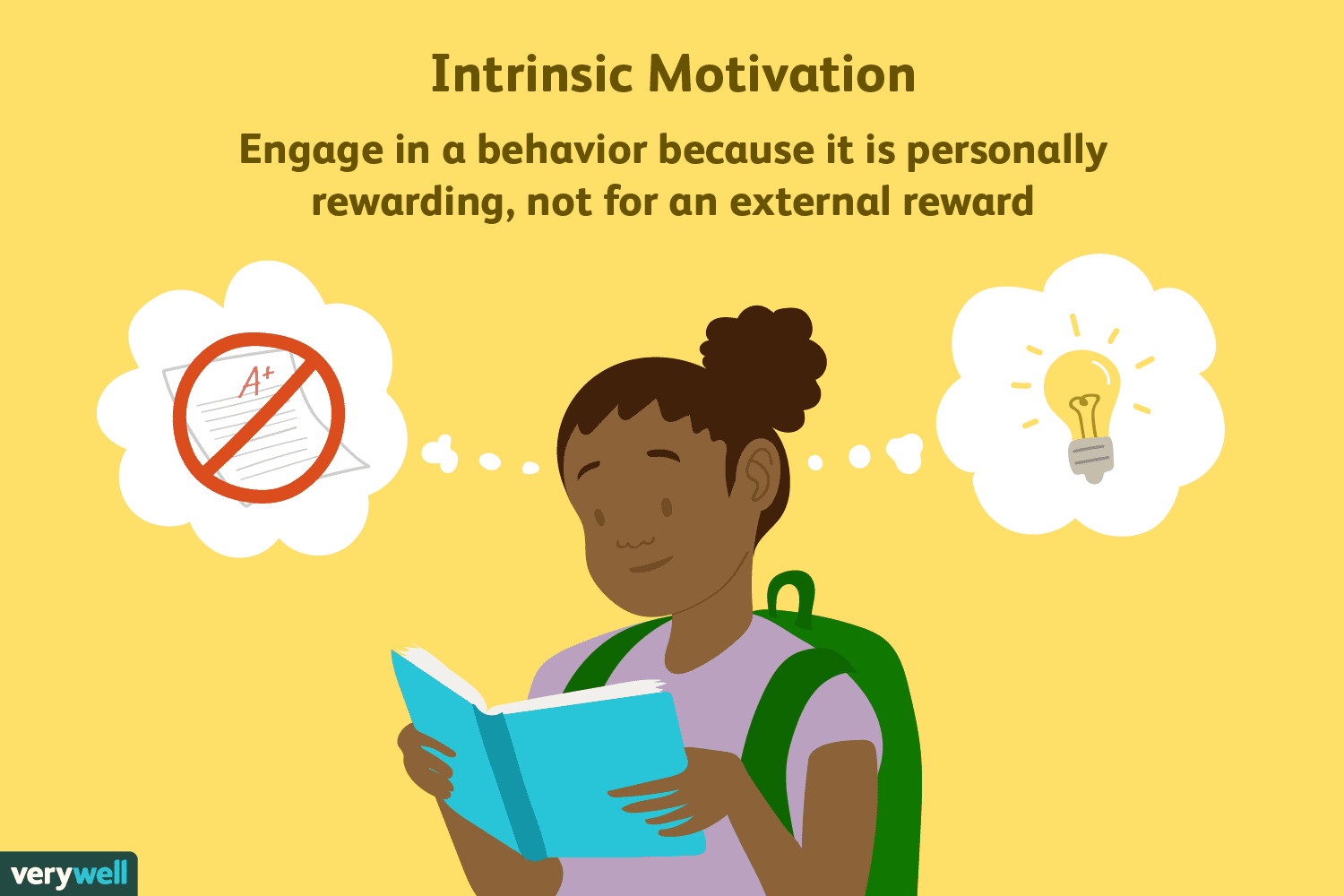
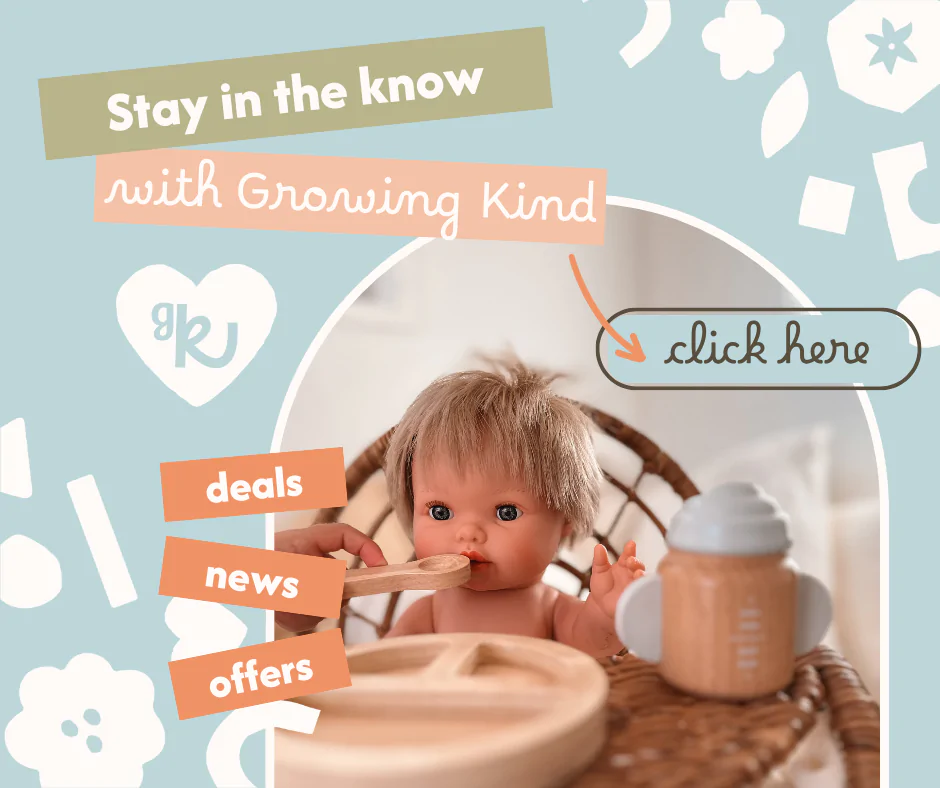

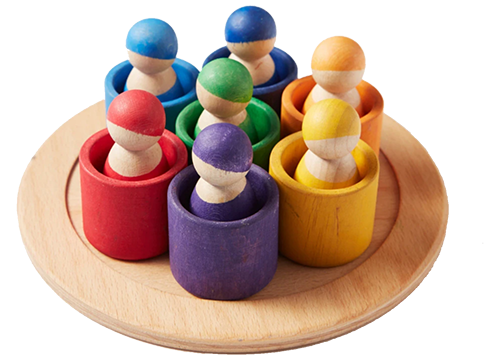

3 comments
This is a very nice article continue educating more and more.
Much interesting and educative
An interesting article